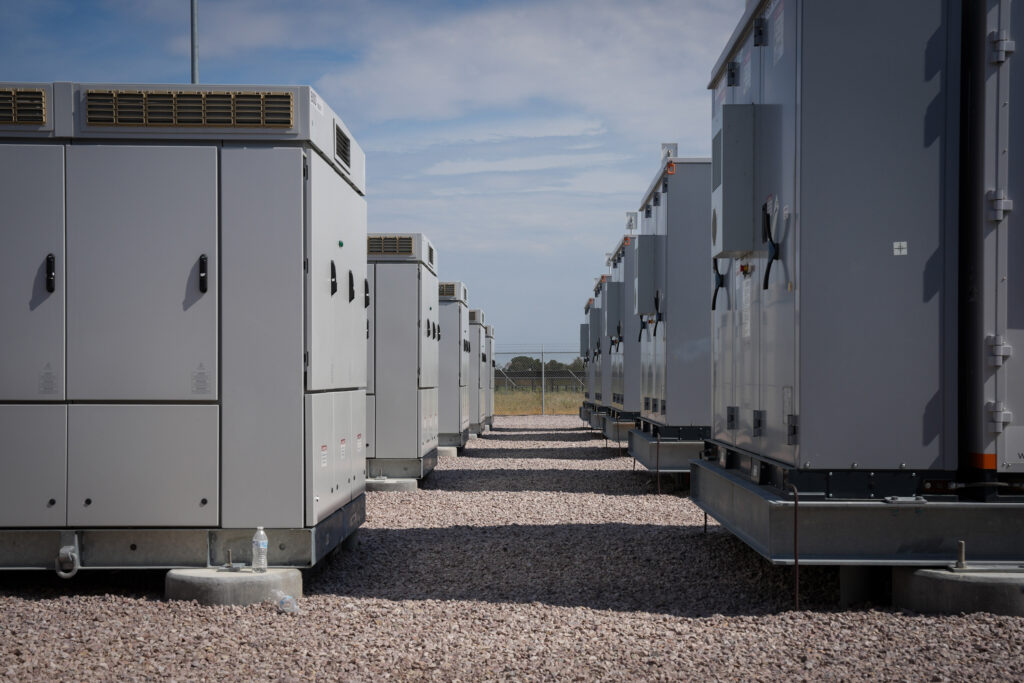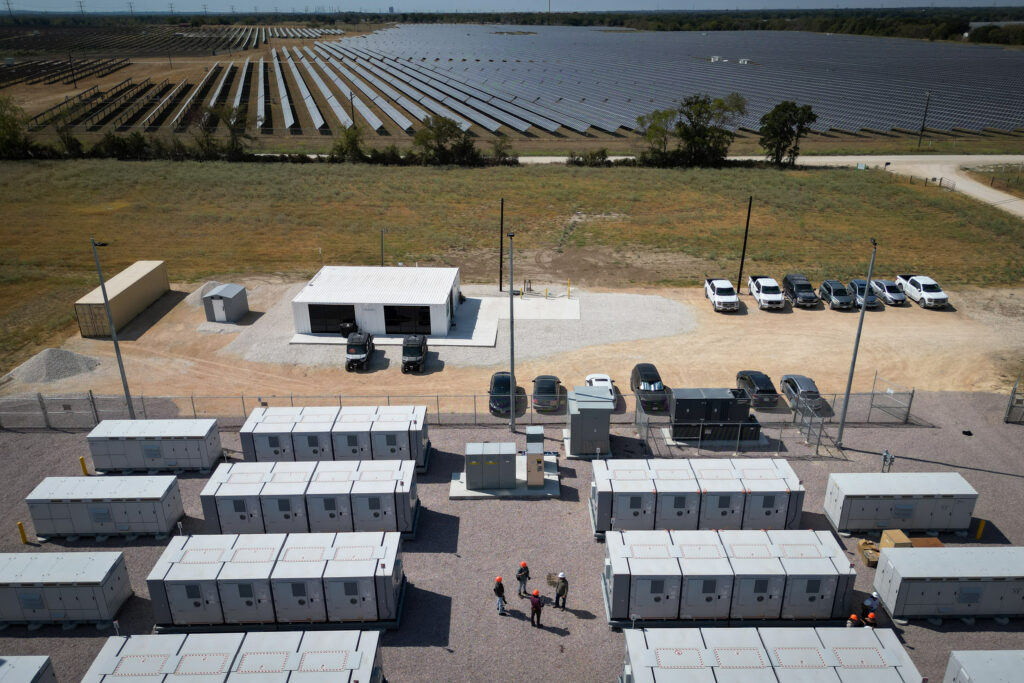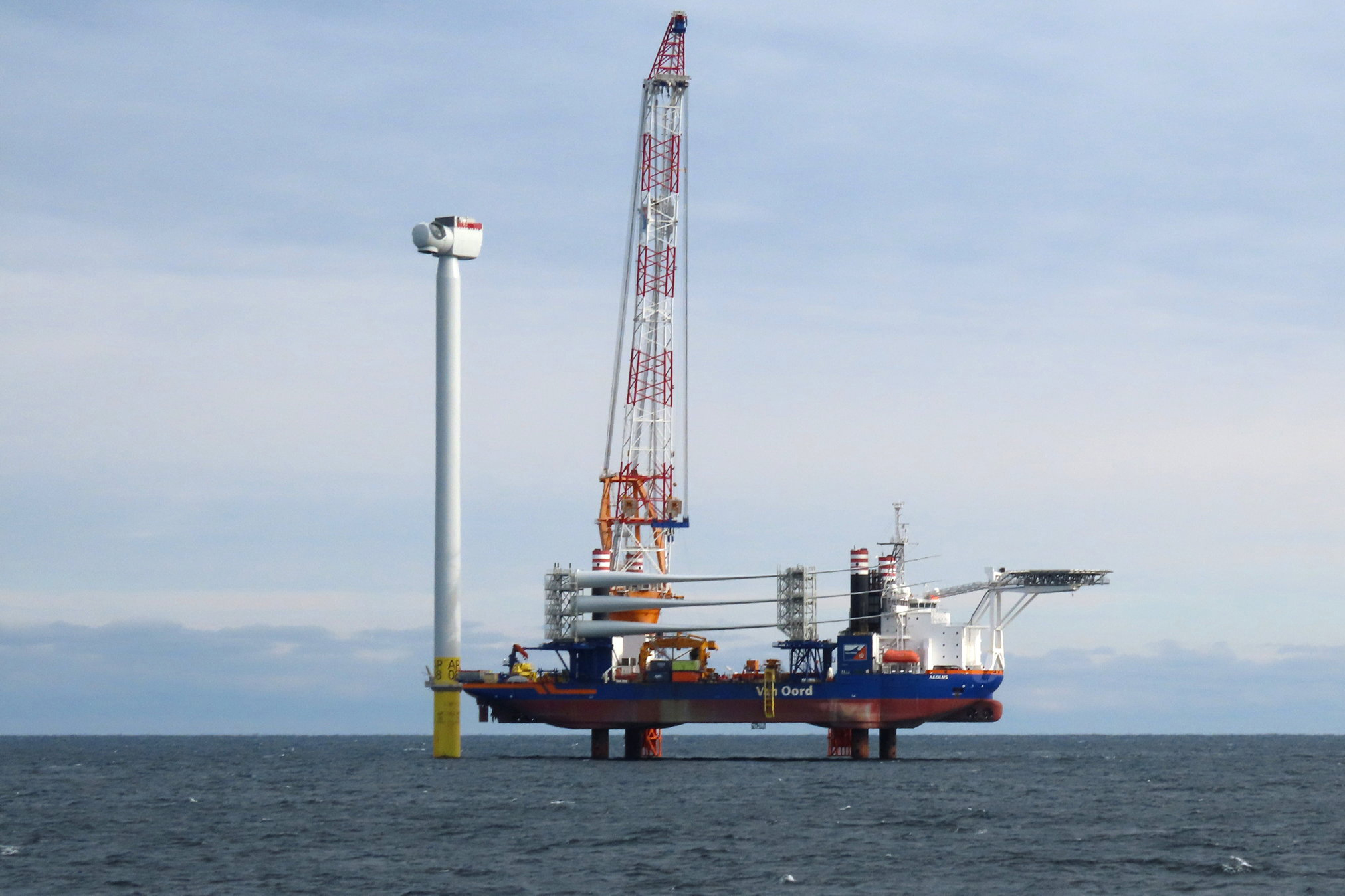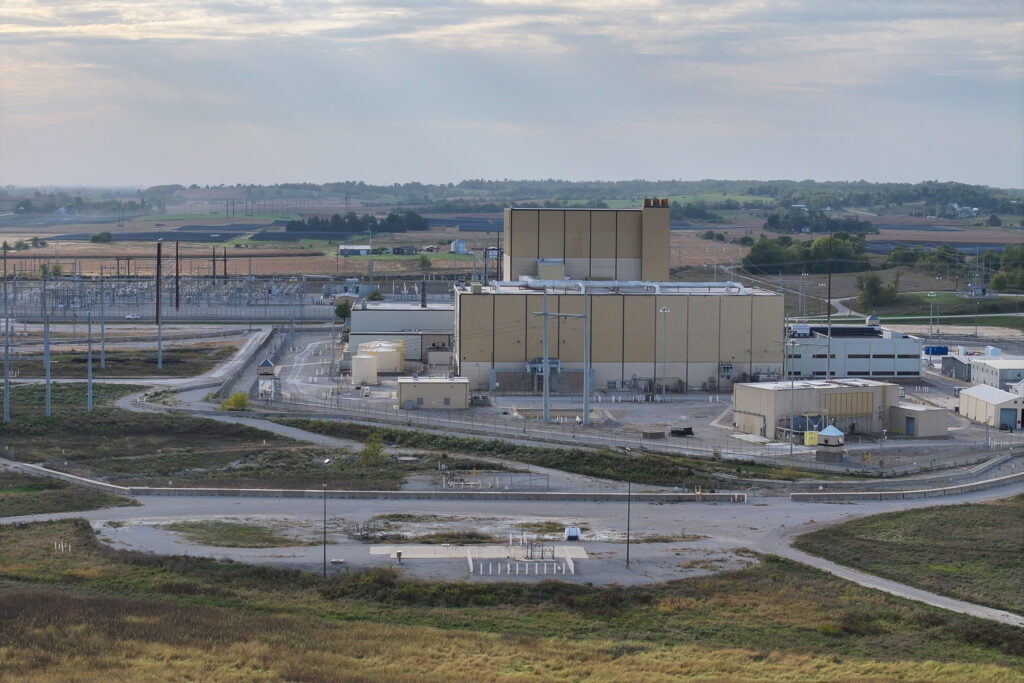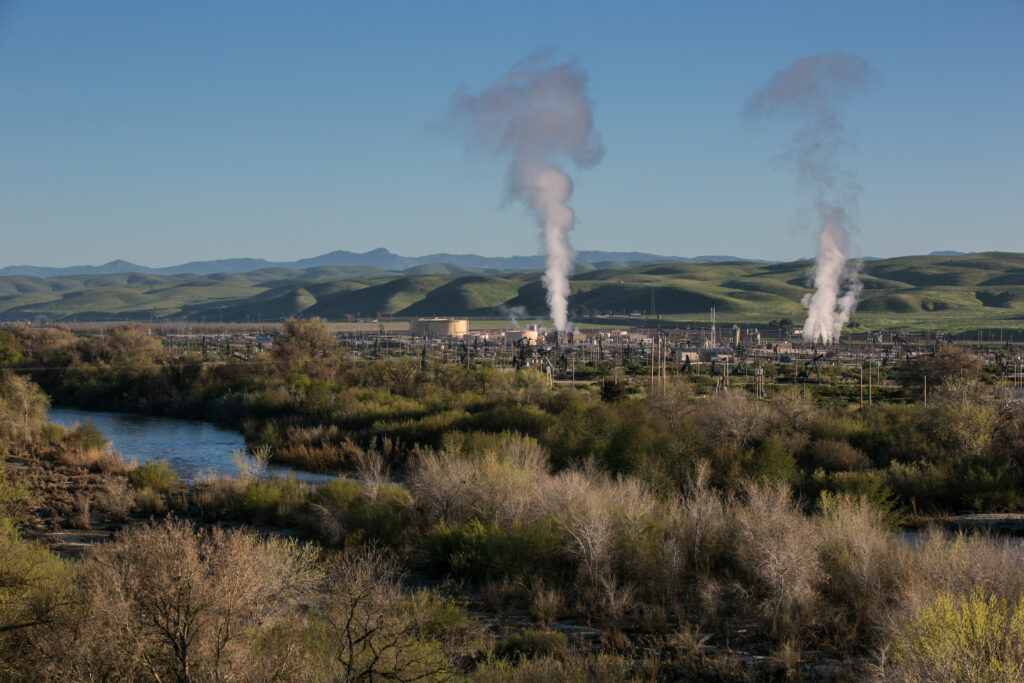One of the largest manufacturing investments in Ohio’s history has transformed cornfields in a rural county into a battery factory that could soon have thousands of employees.
The plant, a joint venture of Honda and LG Energy Solution, is part of a wave of new factories developed across the country following the passage of the Inflation Reduction Act in 2022, most of them in states and counties that usually vote Republican.
So what happens now, when the tax credits that support this plant and others like it are under threat in Washington as Congress and President Donald Trump try to find a way to pay for large tax cuts?
The answer, so far, is unsatisfying. The debate over the budget reconciliation measure that its authors call “One Big Beautiful Bill” has included little discussion of the manufacturing and energy tax credits as Republicans and Democrats place more emphasis on the parts of the bill that deal with tax cuts and Medicaid.
If enacted as currently written, the bill would lead to a more rapid phaseout of a tax break for battery production and other manufacturing, and it would eliminate a consumer tax credit for the purchase of electric vehicles.
I am based in Ohio and have heard little outcry from business leaders or state officials here about provisions in the bill that would severely harm the battery plant, which is near the village of Jeffersonville. An exception is the Ohio Chamber of Commerce, whose president, former Republican U.S. Rep. Steve Stivers, wrote an op-ed praising the manufacturing tax credits and urging their retention.
“Each manufacturing job supports an entire ecosystem in the local economy—restaurants, retailers, housing, and small businesses all benefit from manufacturing growth,” he wrote. “Communities once facing economic uncertainty now see renewed vitality.”
Honda referred questions about the reconciliation bill to the Alliance for Automotive Innovation, a trade group for auto manufacturers.
“We believe the consumer credits are critical for automakers to achieve current federal and state emissions standards,” said Brian Weiss, a spokesman for the group, in an email.
Let’s take a step back and remember some of the politics around the passage of the IRA. It was a party-line vote, with every Republican voting against, but the authors wrote the bill in a way that would encourage manufacturing investment everywhere. They knew that much, if not most, of the investment would be in Republican-leaning areas, based on which places have open land for new factories and the larger trends of rapid development in the Southeast.
Part of the idea was that by spreading the benefits, the IRA would gain bipartisan support. It would transform rural portions of Ohio, Georgia, South Carolina and other states and show how government policies could bring manufacturing jobs back to this country and make the United States more competitive with China and others.
Was this idea wrong? I don’t think so, despite what’s now happening in Washington.
To help explain, I got in touch with Jigar Shah, a longtime energy entrepreneur who served as director of the Department of Energy’s Loan Programs Office during the Biden administration.
He is skeptical of any attempt to connect the IRA to a hypothesis about U.S. politics and thinks it would have little to do with the current budget debate except for the fact that it has dollars that can be redirected to tax cuts.
“The IRA just happens to have a large bill because it was so damn successful,” he said. “The IRA wouldn’t have any cost associated with it at all if we didn’t have 1,000 new manufacturing plants that got announced during the last four years.”

Shah is relieved that the cuts to the manufacturing tax credit are not deeper. The House bill ends the credit in 2031 instead of a phaseout that concludes in 2032, as specified in the IRA, and it adds new restrictions to the credit’s transferability and places other limits that could reduce its use.
The more immediate cuts are to consumer-facing credits for climate-conscious acts such as buying rooftop solar and EVs.
Shah sees opportunities for the Senate, which is now working on the bill, to change some of the most onerous parts of the House bill. One easy fix, he said, would be to throw out or revise a provision that could be read to mean that a manufacturing project is ineligible for credits if it has even one component from a “foreign entity of concern,” such as China.
Let’s get back to Ohio.
President Barack Obama won Ohio’s electoral votes in 2012 largely because he painted Mitt Romney as someone who bought up companies and laid people off, Shah said.
“The IRA understood that people wanted stuff to be built in Ohio and that’s exactly what was inspired in communities that haven’t seen these types of investments in more than a half century,” he said.
He pointed to a database from the U.S. Department of Energy showing that Biden-era policies led to announcements of 11,684 new jobs and $12.5 billion in investment in Ohio.
This story is funded by readers like you.
Our nonprofit newsroom provides award-winning climate coverage free of charge and advertising. We rely on donations from readers like you to keep going. Please donate now to support our work.
Donate Now
The IRA was a large step forward, but it’s still in an early stage. The Honda plant has hired about 450 employees in anticipation of starting battery production by the end of this year.
It’s nowhere close to the 2,200 jobs that would be there if the plant was running at full capacity. The same is true of many other projects that benefit from IRA incentives and are still ramping up hiring.
Most of the employees and family members who would be calling their members of Congress to defend the tax credits haven’t been hired yet.
So, when environmental advocates and others wonder why there isn’t more of an outcry from places like Ohio in the budget debate, I think they may misunderstand the extent to which IRA benefits have arrived. This law needs more time for its constituency to grow.
We will learn, maybe within weeks, whether it will get that chance.
Other stories about the energy transition to take note of this week:
The GOP Budget Bill Could Hit Consumers With High Electricity Prices: Electricity prices are already rising across the country. The budget reconciliation bill in Congress could make it worse, as Brad Plumer and Rebecca F. Elliott report for The New York Times. They cite recent research showing that the legislation could increase an average family’s electricity costs by $400 per year, due to the loss of energy tax credits and market factors that could make natural gas more expensive, which would boost market prices for electricity.
All Eyes Are on North Carolina’s Tillis as IRA Tax Credits Hang in Balance: Sen. Thom Tillis (R-N.C.) is a key vote as the Senate considers the budget reconciliation bill that would repeal much of the Inflation Reduction Act. He has expressed support for some of the tax credits in the IRA and environmental and clean energy advocates in his state are holding out hope that he will demand changes in the bill, as Elizabeth Ouzts reports for Canary Media.
Clean Energy Project Cancellations Exceed $14 Billion So Far in 2025: Businesses have cancelled or delayed more than $14 billion of investments in U.S. clean energy projects this year, a sign of uncertainty and pessimism, as my colleague Marianne Lavelle reports for ICN. There are still some positive signs, including $4.2 billion in new projects announced in the same period, from January through April, but that isn’t nearly enough to keep up with the cuts and delays.
Trump Administration Names Energy Attorney to Replace FERC’s Christie: The White House said this week that it is nominating Laura Swett, an energy attorney, to take the seat of Federal Energy Regulatory Commission Chairman Mark Christie, as Ethan Howland reports for Utility Dive. The move appears to have been a surprise to Christie, who is a Republican, and it may signal that the Trump administration would like greater control of this independent agency. Analysts expect that Trump will name the other Republican on the panel, Lindsay See, as interim chair.
Inside Clean Energy is ICN’s weekly bulletin of news and analysis about the energy transition. Send news tips and questions to [email protected].
About This Story
Perhaps you noticed: This story, like all the news we publish, is free to read. That’s because Inside Climate News is a 501c3 nonprofit organization. We do not charge a subscription fee, lock our news behind a paywall, or clutter our website with ads. We make our news on climate and the environment freely available to you and anyone who wants it.
That’s not all. We also share our news for free with scores of other media organizations around the country. Many of them can’t afford to do environmental journalism of their own. We’ve built bureaus from coast to coast to report local stories, collaborate with local newsrooms and co-publish articles so that this vital work is shared as widely as possible.
Two of us launched ICN in 2007. Six years later we earned a Pulitzer Prize for National Reporting, and now we run the oldest and largest dedicated climate newsroom in the nation. We tell the story in all its complexity. We hold polluters accountable. We expose environmental injustice. We debunk misinformation. We scrutinize solutions and inspire action.
Donations from readers like you fund every aspect of what we do. If you don’t already, will you support our ongoing work, our reporting on the biggest crisis facing our planet, and help us reach even more readers in more places?
Please take a moment to make a tax-deductible donation. Every one of them makes a difference.
Thank you,





